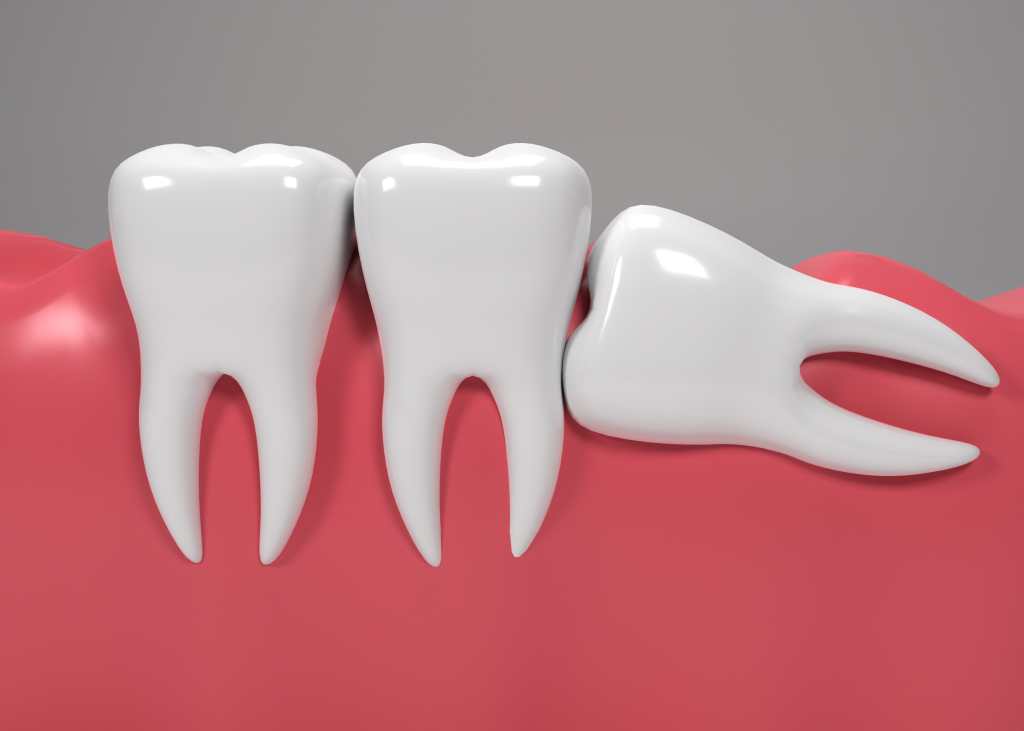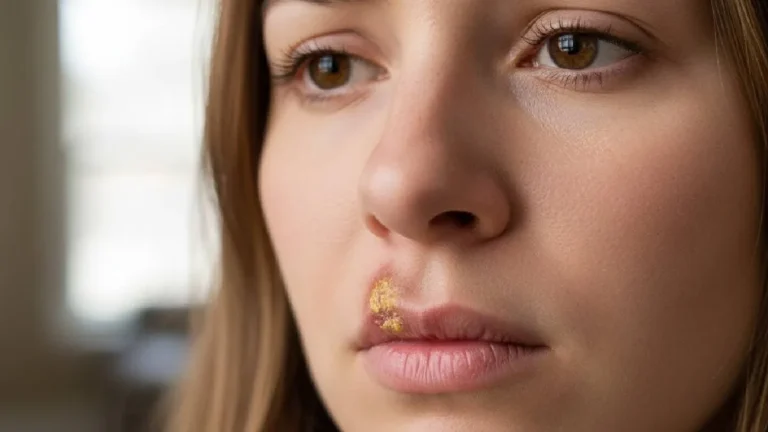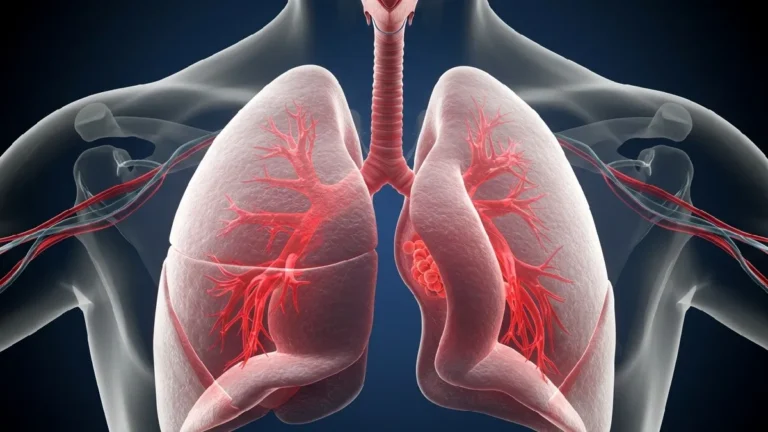Wisdom teeth, also known as molars, are the last molars to appear during adolescence. They are associated with pain and discomfort since most people need to have them removed because they do not have enough space in the gums to develop and they squeeze the other teeth.
We all have two sets of teeth: one with 20 deciduous teeth (also called milk teeth) and another with 32 permanent teeth. Both are arch-shaped and towards the end of these it is common for four wisdom teeth to appear, which correspond to the third molars.
“The famous wisdom teeth are located almost at the beginning of the ascending branch of the jaw, in the most posterior part of the oral cavity. They are responsible for helping to grind the hardest foods by providing a contact surface. But not everyone gets them,” says Juan Carlos Solís, dentist.
Wisdom teeth usually appear between the ages of 17 and 25 approximately, and they are called this because at that age people already have more developed judgment than when other teeth appear. In some people, these teeth do not erupt due to different factors, such as genetics.
However, other factors such as a blow to the mouth or a bone that has not developed correctly influence these molars to come out in different positions, from inclined to horizontal. “ In these cases, it is important to carry out a medical evaluation to determine whether it is necessary to extract the tooth,” adds dentist Carmen Rivas.
Wisdom tooth symptoms
When wisdom teeth do not come out in a normal position, they can cause pain and injury to other teeth, so it is recommended to extract them to avoid further complications. In addition, because they are located at the back of the mouth, they are more difficult to clean and therefore more vulnerable to tooth decay and gum disease.
“Retained wisdom teeth are those that emerge poorly and cause problems in the other teeth. In most cases, they do not cause symptoms, but when they become infected, they cause pain in the jaw, bad breath, and the gums become inflamed, bleed, and become very sensitive,” says Solís.
In addition, an infection in the molars also causes an unpleasant taste in the mouth and difficulty opening the mouth.
When should wisdom teeth be extracted?
Wisdom teeth do not always cause discomfort and do not need to be removed, as they have fully grown into the correct position and the bite with the opposite tooth is correct, they can be cleaned with daily hygiene and are healthy.

However, on other occasions, because the molars grow in an incorrect position, they do not have much space to grow properly, which causes problems and some of the symptoms mentioned above.
These molars need to be extracted when they remain completely hidden within the gums. That is, they cannot emerge normally and become trapped in the jaw, causing infection or a cyst that damages the roots of the other teeth or the supporting bone.
Also when they do not emerge completely, they create a passage that can be prone to bacteria that cause oral or gum infections. In addition, since it is a difficult area to clean, it could be a magnet for dental cavities. This would cause the person to suffer pain, bad breath, and inflammation of the cheek.
Wisdom teeth often become crowded with nearby teeth when they do not have enough room to develop and could damage the other molars.
“Many dentists believe that it is better to extract wisdom teeth when the person is younger before the roots and bones are fully formed, and when recovery after surgery is usually quicker,” explains the Mayo Clinic.





















+ There are no comments
Add yours